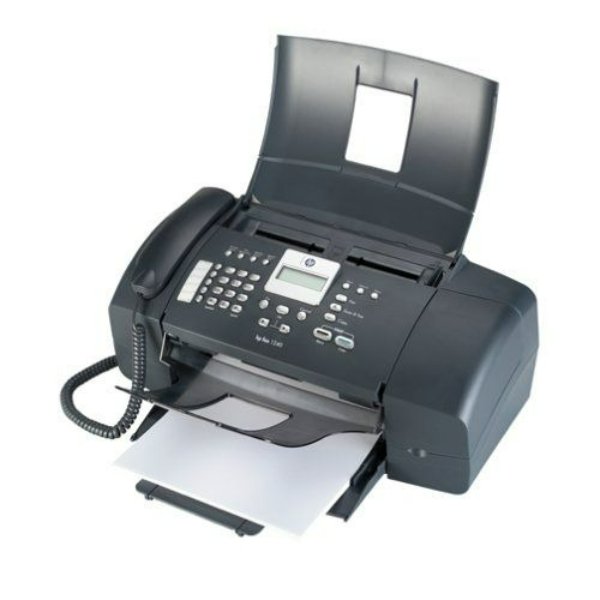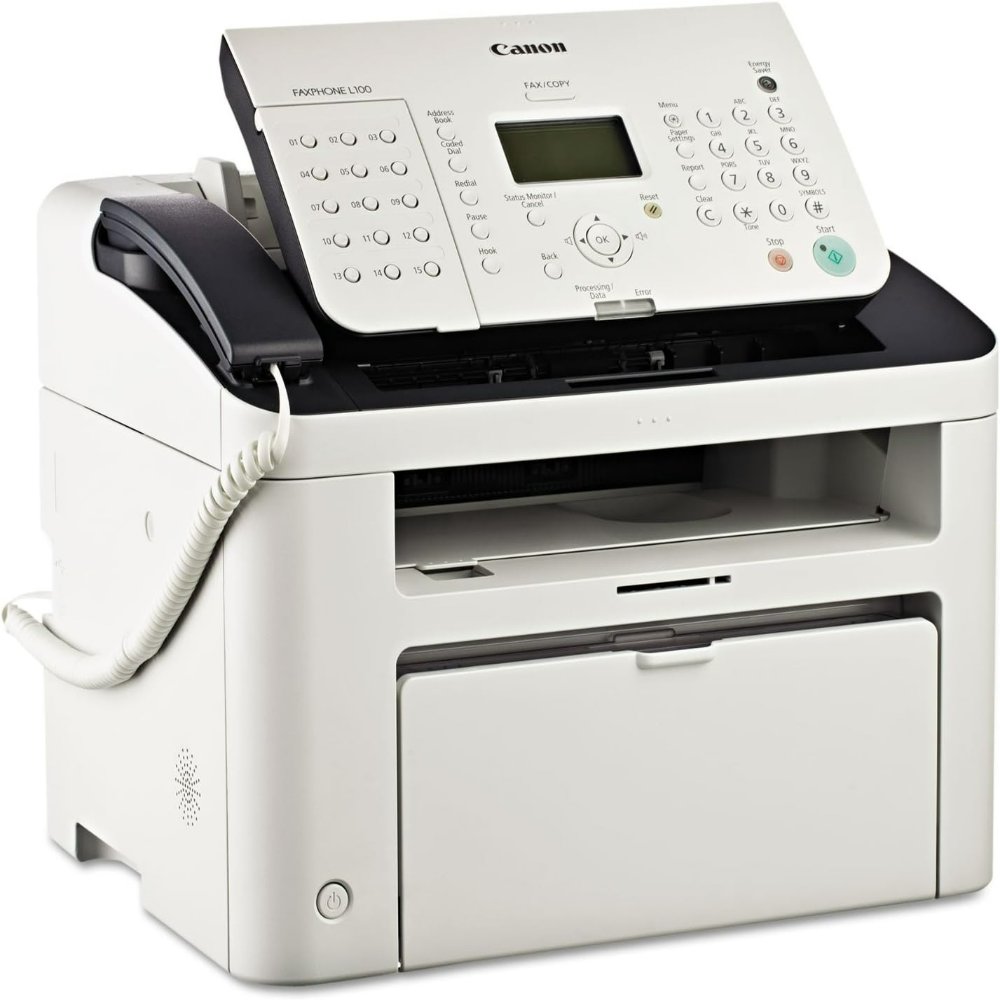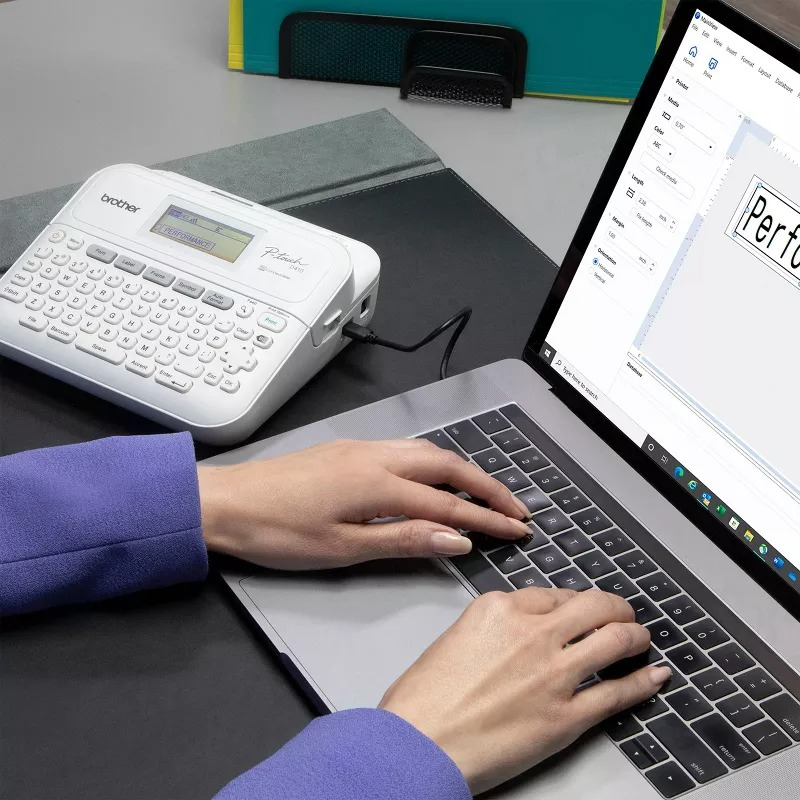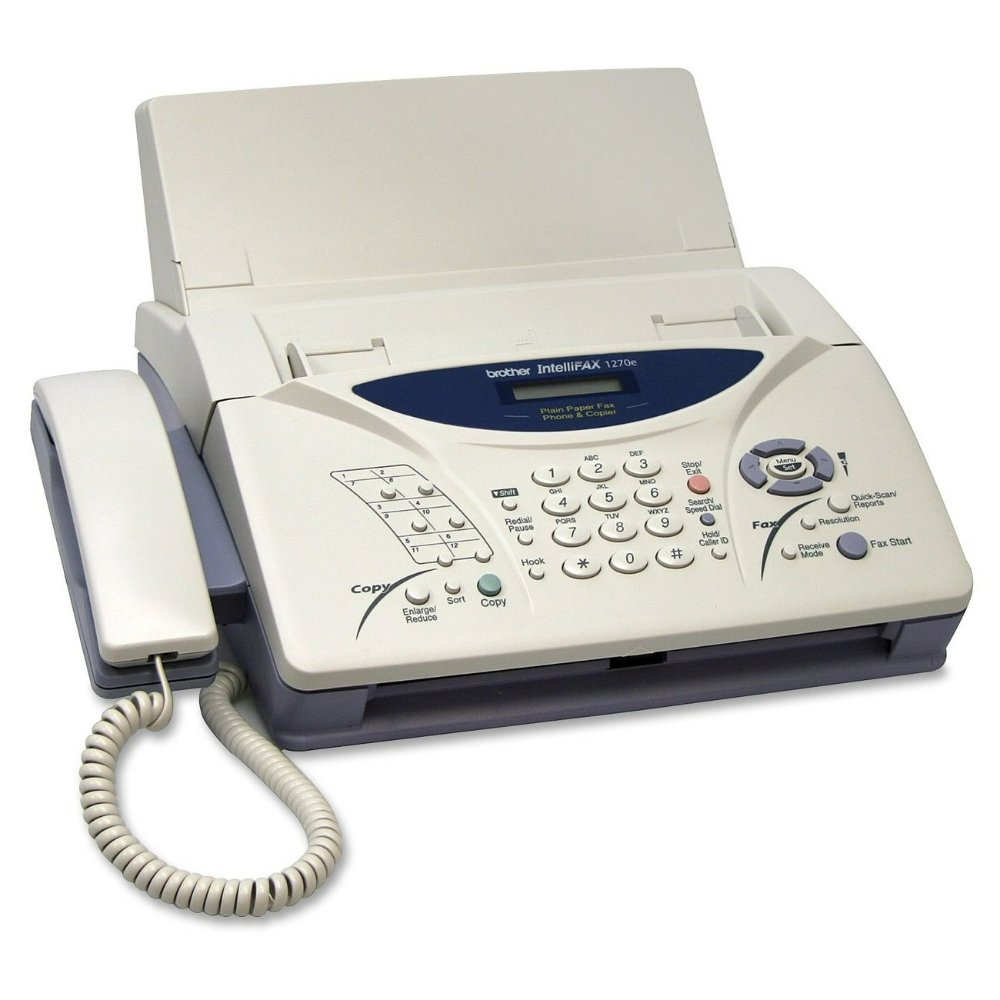A Brief History of Fax Machines
Before delving into the fax machine meaning, let’s take a look at its history. The roots of fax technology date back to the 19th century. Scottish inventor Alexander Bain received the first patent for a fax machine in 1843. His design allowed for the reproduction of graphic signs in electric mode. The early models were not machines as we imagine them today. They were electrochemical telegraph devices capable of sending messages over a wire.
Years later, in 1861, Giovanni Caselli improved upon Bain’s invention with his ‘Pantelegraph’. It used synchronized pendulums to scan a message on one end and reproduce it at the other. This became the first operational fax machine, presaging the machines that would become commonplace in businesses worldwide.
Fast forward to the 20th century, the development of fax machines surged. The 1960s saw the emergence of commercially viable fax machines. Companies began to recognize their potential for rapid document transmission. By the 1980s, the fax machine had become a staple in global business communication. It revolutionized the way documents were shared, making it possible to send and receive information quickly across vast distances.
From these early stages, fax technology has evolved greatly. Yet, the central concept of transmitting images and text over telephone lines has remained consistent. Understanding this history is essential to comprehending the fax machine’s place in modern technology and communication.

How Fax Machines Work
To grasp the fax machine meaning in practical terms, understanding how it operates is crucial. A fax machine works by scanning documents and converting them into a series of electronic pulses. These pulses are then transmitted over a telephone line to another fax machine. Upon reception, the signals reconvert into the original document’s image, which is then printed out. This process embodies the marvels of early communication technology and showcases the fax machine’s ability to bridge distances instantly. Here’s a breakdown of this process:
- The document is placed into the fax machine’s feeder.
- A scanning mechanism reads the document, line by line.
- The fax machine translates the scanned information into binary code.
- Binary code, representing the dark and light areas of the document, is sent over phone lines.
- The receiving fax machine interprets the binary code.
- It reconstructs the image or text onto paper, effectively printing the original document.
In its essence, the fax machine emulates a tiny copier but with an impressive twist—it dispatches the copy to a remote location almost instantaneously. Fax machines often work seamlessly with the existing telephone network, making them easily accessible and cost-effective for transmitting paperwork. Despite the rise of digital communication, the mechanics of a fax machine still hold importance in many sectors that value instant, tangible records.
The Evolution of Fax Technology Over Time
The fax machine has seen significant changes since its inception. Its journey reflects the strides made in communication tech. Below we summarize the key stages of fax technology’s evolution:
- The Analog Era: Fax machines initially transmitted analog signals over phone lines. Users needed dedicated lines for sending faxes.
- Digital Fax Systems: As technology evolved, fax machines began to use digital signals. This upgrade improved transmission speed and reliability.
- Integration with Computers: The 1980s brought fax modems. These allowed computers to send and receive faxes, broadening the fax machine’s capabilities.
- Fax Servers and Networks: In larger organizations, fax servers became popular. They managed fax traffic and integrated faxes into the company’s network infrastructure.
- Online Fax Services: The internet age spurred online fax services. These allow users to send and receive faxes through email, negating the need for a physical fax machine.
- Mobile Faxing: Smartphones now have fax apps. These apps enable faxing documents from anywhere, enhancing flexibility and convenience.
Through each stage, the core of the fax machine meaning – to transmit documents over distance – has remained steadfast. Innovations have made faxing faster, more efficient, and adaptable to new digital environments. Despite many alternatives arising, the fax machine has retained its niche, evolving to meet changing demands. Its usage today, although reduced, still highlights its importance in certain sectors where legal and official documents are prevalent.

The Role of Fax Machines in Modern Communication
Despite advancements in digital technology, fax machines still play a crucial role in modern communication. Their significance lies in their ability to provide immediate, hard-copy documentation. Here’s how fax machines make a difference today:
- Security: Fax machines offer a level of security that is hard to match with email. Sensitive information is less prone to interception when sent over traditional phone lines.
- Legal Requirements: Many legal documents require a physical signature. Faxes allow the transmission of such documents swiftly while maintaining their legal standing.
- Reliability: In areas with unstable internet connectivity, fax machines can be more reliable than online methods for sending documents.
- Healthcare Communication: Fax machines remain a cornerstone in the healthcare industry. They are used extensively to share patient records and prescriptions, adhering to strict privacy laws.
- International Business: Not all countries have adopted digital communication at the same pace. Fax machines bridge the gap in international transactions, where they still represent a standard communication tool.
- Backup: When digital systems fail, fax machines serve as a valuable backup for critical document exchange.
The fax machine’s meaning in today’s context is thus multifaceted. It balances the need for traditional communication modes with the demand for secure and legally recognized document exchange. While not the primary choice for everyday communication, fax machines have niche roles that are indispensable in certain scenarios.
Understanding Fax Protocols and Standards
When discussing the fax machine meaning in a more technical context, it’s essential to consider the protocols and standards that govern its operation. These protocols ensure that fax machines from different manufacturers can communicate effectively with each other. Let’s dissect some of these key standards:
- Group 3 and Group 4 Standards: Developed by the International Telecommunication Union (ITU), these are the most common fax protocols. Group 3 faxes work over the public switched telephone network (PSTN) and are suitable for general business and personal use. Group 4 faxes operate on Integrated Services Digital Networks (ISDN) and offer faster transmission speeds.
- Error Correction Mode (ECM): This protocol detects and corrects errors during the fax transmission, providing cleaner document delivery. If the fax machine senses an error, it requests a retransmission of the affected portion, ensuring accuracy in the received document.
- ITU-T T.30 Protocol: Governing the handshaking and command exchange between fax devices, T.30 is crucial for starting and ending calls and for negotiating transmission speeds.
- T.38 Fax Relay Protocol: Designed for sending faxes over Internet Protocol (IP) networks, T.38 handles the conversion between traditional fax signals and the digital packets used in Internet fax services. This protocol is vital for compatibility in the era of online faxing.
By adhering to these protocols and standards, fax machines provide a uniform system for document transmission across various platforms. While the language of protocols may seem complex, their role in the fax machine meaning is simple: they make fax communication possible, consistent, and reliable.

Common Uses of Fax Machines in Business and Healthcare
In both business and healthcare settings, the meaning of a fax machine extends beyond its basic function of document transmission.
In the business realm, fax machines are often used for:
- Contract Exchange: Firms frequently fax contracts to ensure quick delivery and maintain legal validity.
- Purchase Orders: Supply chain operations use faxes to send purchase orders, cementing deals rapidly.
- Invoice Sending: Businesses often prefer faxing invoices to guarantee that they reach the financial department securely.
- Legal Documentation: Many legal communications rely on faxes due to their accepted legal standing.
In healthcare, fax machines are vital for:
- Patient Records: Clinics and hospitals fax patient records to share information quickly while maintaining privacy.
- Prescription Orders: Physicians often fax prescriptions to pharmacies, streamlining the process of medication dispensing.
- Insurance Claims: Healthcare providers fax claims to insurance companies to expedite billing and payment cycles.
- Lab Results Sharing: Test results are faxed between medical facilities for timely diagnosis and treatment.
While digital methods are on the rise, fax machines hold their ground in these sectors due to their perceived security, integrity, and compliance with regulations. Despite facing modern competition, the fax machine’s meaning in business and healthcare is as a steadfast tool for vital communication tasks.
Comparing Fax Machines with Modern Alternatives
When discussing the fax machine meaning in the present day, it is important to compare it with the digital communication tools that now dominate our lives. Email has become the cornerstone of day-to-day communication due to its rapid delivery and ease of use. Other tools like cloud services, secure file transfer protocols (FTP), and instant messaging platforms have also gained traction. These methods offer advantages in speed, cost, and convenience but also pose concerns over security and compliance.
Emailing, for instance, allows for the attachment of various file types and instant delivery. However, it may not be as secure as fax transmissions, which still have their place where security is paramount.
Cloud services enable collaborative work and easy access to documents from any location. Yet, they rely on strong internet connections and the assurance of data safety in shared environments.
Secure FTP has become a standard for bulk data transfers. It provides additional layers of security and is pivotal for businesses handling large volumes of data.
Instant messaging has streamlined workplace communication, offering real-time interaction. While convenient, it lacks the formal documentation and legal validity of fax transmissions.
Despite the rise of these alternatives, fax machines maintain relevance in scenarios requiring assured delivery, legal acknowledgment, and secure communication. Modern advances haven’t displaced the fax machine; instead, they’ve highlighted its unique position in a vast landscape of communication tools. Fax machines excel where trusty hard copies and recognized signatures are non-negotiables.
In summary, while fax machines may seem outdated when placed against the backdrop of modern internet-based technology, they still serve critical needs in certain professional settings. As technology advances, the fax machine meaning evolves to either integrate these innovations or stand firm where they fall short.
The Future of Fax: Trends and Predictions
As we explore the fax machine meaning in today’s tech-driven world, it’s insightful to consider the future of faxing. Here are some trends and predictions shaping the journey of fax technology:
- Integration with Digital Solutions: The blending of fax with digital tools is likely to grow. Expect to see more seamless connections between fax systems and email, cloud storage, and other digital platforms.
- Enhanced Security Measures: With cyber threats on the rise, fax technology will adopt stronger security protocols. This will ensure secure transmissions, especially in sensitive sectors like healthcare and legal.
- Decline in Physical Machines: The use of actual fax machines may wane as online fax services and fax apps on smartphones take over. Physical units could become more specialized.
- Eco-Friendly Practices: There’s a strong push for sustainability. Future fax solutions may focus on reducing paper use through digital archives and electronic signatures.
- Regulatory Compliance: As laws around data protection tighten, fax services will evolve to meet these regulations. Compliance will be key to their continued relevance.
- AI and Automation: Artificial intelligence (AI) could automate fax processing. This means smarter sorting and faster responses to inbound faxes.
- 5G and Faster Internet: As networks upgrade to 5G, internet faxing will become even more efficient. Expect quicker transmissions and improved reliability.
In conclusion, while the era of traditional fax machines may be waning, the fax machine’s meaning is not lost. It’s evolving to remain pertinent in a world where digital and secure documentation is crucial. Faxing is adapting, blending old reliability with new technology. Its future promises innovation while maintaining the core feature that has always defined faxing—the secure and verifiable exchange of documents over a distance.
